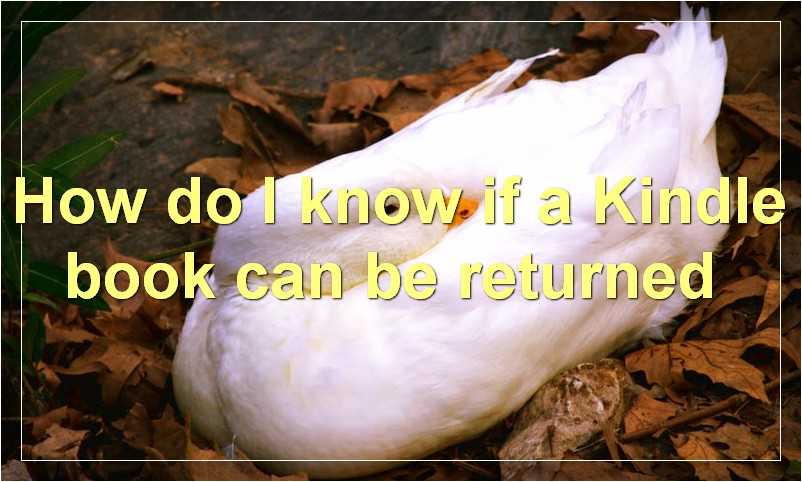Are you looking for a new and unique pet? Something a little out of the ordinary? Then you may be interested in an axolotl! These unusual creatures are becoming increasingly popular as pets, but what does it take to care for one? In this article, we’ll explore everything you need to know about housing, feeding and caring for your new axolotl friend.
What is the average price of an axolotl?
The axolotl, a permanently aquatic salamander native to Mexico, is one of the most popular pets in the world. But what does this strange creature cost?
The average price of an axolotl varies depending on where you buy it and what size you want. Pet stores typically sell them for around $30 to $50, while online retailers may charge anywhere from $15 to $40.
If you’re looking for a baby axolotl, be prepared to pay a bit more. They usually cost between $50 and $70, although some stores may charge as much as $100.
Of course, the price isn’t the only thing you need to consider before buying an axolotl. They require a significant amount of care and are not suitable for everyone. But if you’re willing to put in the work, they make wonderful pets.
What are some of the main considerations when choosing an axolotl?

When it comes to choosing an axolotl, there are a few key considerations to keep in mind. First and foremost, you’ll need to decide whether you want a captive-bred or wild-caught axolotl. Captive-bred axolotls are generally healthier and easier to care for than their wild-caught counterparts, so they’re the best choice for first-time axolotl owners.
Another important consideration is size. Axolotls can grow to be quite large, so you’ll need to make sure you have enough space to accommodate a full-grown adult. If you’re limited on space, you may want to consider a baby or juvenile axolotl, which will eventually reach its full size.
Finally, you’ll need to think about color. Axolotls come in a wide range of colors, from the traditional green to more exotic shades like pink, blue, and albino. Choose the color that best suits your personal taste.
What is the best way to house an axolotl?
Axolotls are strange and wonderful creatures, and if you’re lucky enough to have one as a pet, you’ll want to make sure they have the best possible home. Here are some tips on how to create the perfect habitat for your axolotl.
First, you’ll need a tank that is at least 10 gallons in size. Axolotls are aquatic creatures, so they need to be kept in water at all times. The larger the tank, the better, as it will give your axolotl more room to swim and explore. You can also add some rocks and plants to the tank to give your axolotl hiding places and something to climb on.
Next, you’ll need to fill the tank with water. Tap water is fine, but you’ll need to treat it with a dechlorinating agent before adding it to the tank. You can also use filtered or distilled water. The water should be deep enough that your axolotl can completely submerge itself if it wants to.
Once you’ve set up the tank, it’s time to add your axolotl. These creatures are sensitive to light and noise, so it’s best to keep their tank in a quiet, dark place in your home. When adding your axolotl to the tank, make sure you do so gently and slowly so as not to stress them out.
Now that your axolotl has a happy home, there are a few things you’ll need to do to take care of them. First, you’ll need to feed them live food, such as worms or insects. You can also feed them frozen or freeze-dried food, but live food is best. Feed them as much as they can eat in one sitting, about twice a day.
You’ll also need to clean their tank regularly. This means removing any uneaten food, waste, or debris from the bottom of the tank. You can do this with a gravel vacuum or by carefully siphoning out the water. You should also change out about 20% of the water in the tank each week to keep it fresh.
By following these tips, you can create a happy and healthy home for your axolotl that will allow them to thrive for years to come.
What are some of the best foods to feed an axolotl?
There are a variety of foods that you can feed your axolotl to ensure a healthy and balanced diet. Some of the best foods to feed an axolotl include:
live prey items such as earthworms, insect larvae, and small fish;
canned or frozen bloodworms, tubifex worms, and brine shrimp;
pellets or flakes designed specifically for axolotls;
vegetables such as spinach, lettuce, and zucchini.
When selecting food items for your axolotl, it is important to remember that they are carnivores. This means that the bulk of their diet should be composed of protein-rich foods. However, you can also offer them the occasional treat of vegetables for added nutrition.
As you experiment with different types of food, pay close attention to your axolotl’s eating habits and overall health. If you notice any changes in appetite or behavior, consult with a veterinarian specializing in amphibians to ensure that your pet is receiving the proper care and nutrition.
What are some of the accessories that an axolotl needs?
An axolotl needs a tank that is at least 10 gallons, a water filter, a water heater, and smooth rocks or gravel for the bottom of the tank. It is also recommended that you have a lid for the tank to prevent the axolotl from escaping.
How often does an axolotl need to be fed?

An axolotl needs to be fed about once a day, depending on its size.
What is the best way to clean an axolotl’s tank?
Axolotls are a type of salamander that is native to Mexico. They are known for their ability to regenerate their limbs, and they are often kept as pets. Axolotls are very sensitive to their environment, and it is important to keep their tank clean in order to provide them with a happy and healthy life.
The best way to clean an axolotl’s tank is to do a partial water change every week. This means that you will need to remove some of the water from the tank and replace it with fresh, clean water. You can use a siphon to remove the dirty water, or you can simply scoop it out with a cup. Be sure to remove any debris or waste that you see in the tank before adding fresh water.
In addition to doing partial water changes, you should also clean the axolotl’s tank by scrubbing the glass and decorations with a soft sponge or cloth. Be sure to avoid using any harsh chemicals or cleaners, as these can be harmful to the axolotl. Once you have finished cleaning the tank, be sure to rinse it well with clean water before adding the fresh water for the week.
How often does an axolotl need to be cleaned?
Axolotls are one of the most popular pets in the world. They are unique creatures that are both beautiful and interesting. Many people choose to keep axolotls as pets because they are low maintenance and easy to care for. One of the most common questions that people have about axolotls is how often they need to be cleaned.
Axolotls are semi-aquatic animals, so they can live in either fresh or salt water. In the wild, axolotls live in streams, ponds, and lakes. They spend most of their time hiding in mud or under rocks. Because they live in such dirty conditions, axolotls have a great ability to clean themselves.
In captivity, axolotls should be kept in an aquarium with a filtration system. The water should be changed regularly to keep it clean. Most experts recommend changing at least 25% of the water every week.
If you have more than one axolotl, you will need to clean the tank more often. This is because axolotls produce a lot of waste. It is also important to note that baby axolotls are more sensitive to water quality than adults. For this reason, it is best to start with a small tank and increase the size as the axolotl grows.
As far as cleaning the actual axolotl goes, this is not something that needs to be done very often. Axolotls have a thin layer of mucus that covers their skin. This mucus helps to protect them from getting sick and it also helps to keep their skin moist. If you were to remove this mucus, it would damage the axolotl’s skin.
The best way to clean an axolotl is to simply rinse it off with clean water. This can be done every few weeks or as needed. It is important to avoid using soaps or chemicals on the axolotl as these can cause irritation. If you must use soap, make sure it is a gentle, unscented variety.
In conclusion, axolotls are low-maintenance pets that are easy to care for. They don’t need to be cleaned very often, but it is important to keep their tank clean. Baby axolotls are more sensitive to water quality than adults, so it is best to start with a small tank and increase the size as the axolotl grows.




